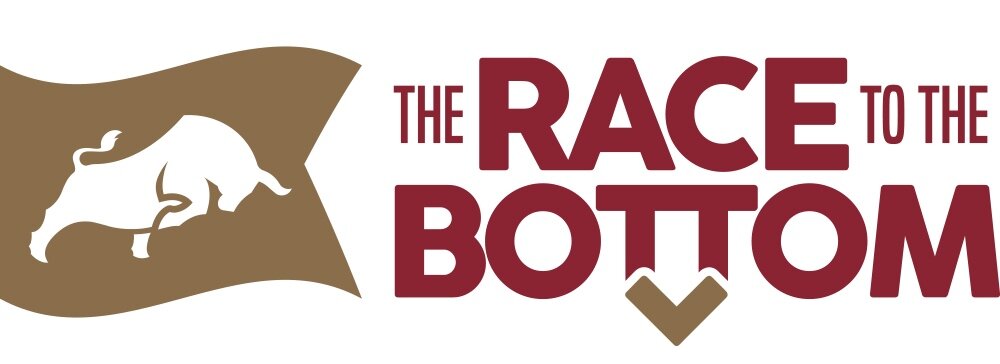Morrison, the Second Circuit, and the Reverse Effects Test: ParkCentral Global Hub Limited v. Porsche Automobile Holdings (Part 1)
The Supreme Court in Morrison v. National Australia Bank held that Section 10(b) of the Exchange Act (and Rule 10b-5) could not be applied in an extraterritorial fashion. In doing so, the Court overturned the longstanding "effects" test developed by the Second Circuit.
The Court replaced the effects test with an approach that looked to whether the securities transaction at issue was domestic, that is, executed in the United States, or involved a security listed on a national stock exchange. The Court was likely unhappy with the latter test. It presumably allowed a transaction to be subject to the antifraud provisions even if it occurred outside the United States (otherwise the domestic test would subsume the standard).
The Court was, however, stuck. The decision was driven by the plain language contingency on the Court and Section 10(b) specifically referenced stock exchanges. See Section 10(b), 15 U.S.C. 78j(b) ("To use or employ, in connection with the purchase or sale of any security registered on a national securities exchange or any security not so registered.").
The result was a decision that had obvious and uncomfortable implications. First, it did not really limit Section 10(b) to domestic transactions. Irrespective of the location of the transaction, it was enough that the security was listed on a U.S. stock exchange.
Second, by devising a test that looked only to the location of the transaction (domestic) or the nature of the security (listed), the Court rendered irrelevant the identity of the parties (domestic or foreign) or the location of the fraudulent behavior became irrelevant. As a result, U.S. citizens who bought shares of U.S. companies could not sue for fraud that occurred in the United States where the transaction fortuitously closed outside the United States (and did not involve a listed security). As we noted in a post the day that Morrison came out:
- the opinion indicates that in some cases, jurisdiction requires trading to occur in the United States. This means that U.S. citizens who trade in U.S. companies and allege fraud that occurred in the United States lack jurisdiction under Rule 10b-5 if they bought the shares outside of the United States. This is true even if an active (although as we will discuss, non-exchange) market exists in the United States for the same shares.
Under the Second Circuit's "effects" test, such an action would be possible. After Morrison, it was not.
While cutting back on the right of domestic plaintiffs to bring an action under the antifraud provisions, the decision effectively expanded the right of foreign shareholders to rely on Section 10(b). Under the test in Morrison, a transaction involving foreign citizens, foreign companies, and foreign behavior could be brought in the United States if the sale happened to close in the United States. The effects test likely would have prevented this action but under the analysis in Morrison it was presumably acceptable.
This uncomfortable and illogical result has generated considerable discomfort among the lower courts, particularly the Second Circuit. The appellate court has responded by reinstating the effects test. Only it's really a "reverse effects" test. Rather than consider the effects to determine who can bring an action, the Second Circuit has used the test to decide who cannot bring an action.
The most recent decision in this area, ParkCentral Global Hub Limited v. Porsche Automobile Holdings, has gone the furthest in adopting a reverse effects test. The Second Circuit addressed a set of facts involving foreign plaintiffs, foreign companies, and behavior that occurred overseas. Only the transaction was inconveniently alleged to have occurred in the United States. Rather than simply apply the analysis from Morrison, the court chose to conclude that some domestic transactions were not subject to Section 10(b) based upon the effects. We will discuss the case in the next post.
